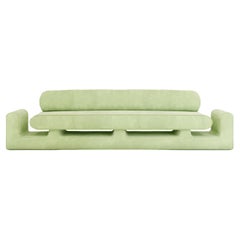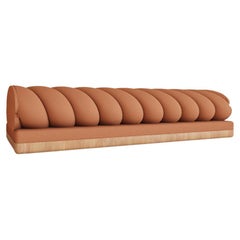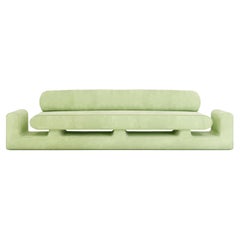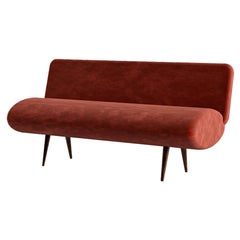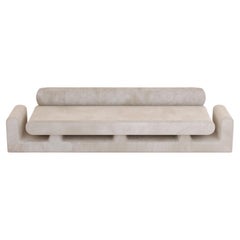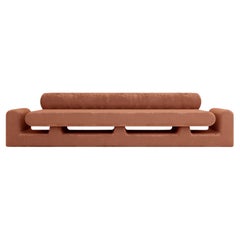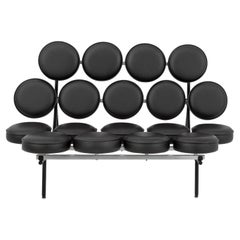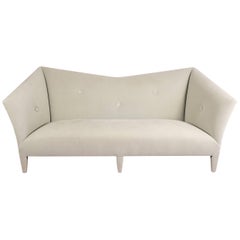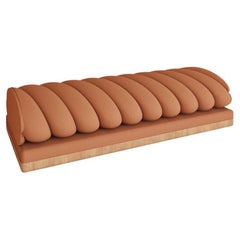Saudi Arabian Sofas
2010s Modern Saudi Arabian Sofas
Wool, Velvet
2010s Post-Modern Saudi Arabian Sofas
Upholstery, Wood
2010s Post-Modern Saudi Arabian Sofas
Velvet, Wood
2010s Modern Saudi Arabian Sofas
Mohair, Cotton, Velvet, Beech, Walnut
2010s Post-Modern Saudi Arabian Sofas
Velvet, Wood
2010s Post-Modern Saudi Arabian Sofas
Velvet, Wood
2010s Mid-Century Modern Saudi Arabian Sofas
Enamel, Steel
20th Century Mid-Century Modern Saudi Arabian Sofas
Wood
21st Century and Contemporary Modern Saudi Arabian Sofas
Fabric, Plastic
2010s Modern Saudi Arabian Sofas
Mohair, Upholstery, Wood
Mid-20th Century Mid-Century Modern Saudi Arabian Sofas
Steel
2010s Saudi Arabian Sofas
Mohair, Walnut
21st Century and Contemporary Modern Saudi Arabian Sofas
Stainless Steel
1950s Vintage Saudi Arabian Sofas
Chrome, Stainless Steel, Steel
1970s Modern Vintage Saudi Arabian Sofas
Leather
2010s Mid-Century Modern Saudi Arabian Sofas
Fabric, Wood
1960s Mid-Century Modern Vintage Saudi Arabian Sofas
Stainless Steel
21st Century and Contemporary Saudi Arabian Sofas
Fabric, Bouclé, Upholstery, Beech
2010s Post-Modern Saudi Arabian Sofas
Velvet, Wood
2010s Modern Saudi Arabian Sofas
Wool, Chenille, Velvet
Read More
Nobody Puts This Sunny Sofa in a Corner
With its plush cushions, cane details and dazzlingly colorful back, it’s inviting from every angle.
Is Lionel Jadot the Willy Wonka of Upcycled Belgian Design?
From his massive collaborative workshop in a former paper factory, the designer concocts funky furniture from disused materials, as well as luxe hotel interiors like the new Mix Brussels.
Who Is Mario Bellini, and Why Is His 1970s Camaleonda Sofa Everywhere?
Get the lowdown on the ultrachic modular sofas that are currently taking up real estate in your Instagram saved folder.
How to Arrange Furniture + Layout Ideas
Here, we give design advice and show layout examples to help you create the perfect living room setup.
April’s Most-Liked Interiors on Instagram
Our feed is filled with the world's most beautiful spaces. See the 10 our followers have deemed the best of the best this month.
Trend Spotlight: Velvet Chesterfield Sofas
The plush-yet-elegant seating piece you'll want to curl up on all winter long.
